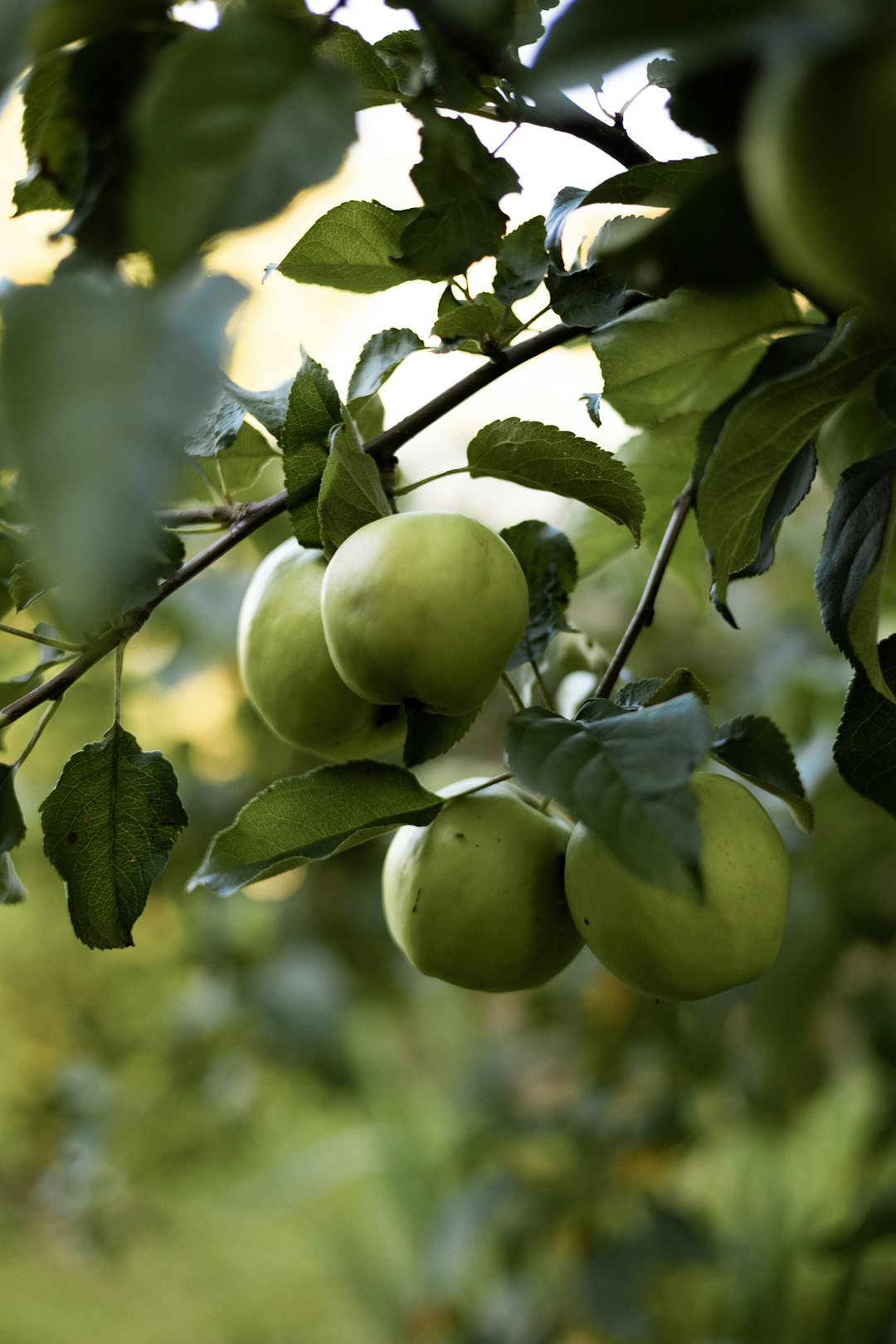The Ideal Veggies for Raised - Bed Delights

Edible gardening is a rewarding hobby that allows you to enjoy the freshest produce right from your backyard. Among the various gardening methods, raised - bed gardening has gained significant popularity. It offers numerous advantages, such as better soil drainage, easier weed control, and reduced soil compaction. And when it comes to raised beds, certain vegetables are particularly well - suited due to their preference for loose, well - draining soil.
One of the top choices for raised - bed vegetable gardening is lettuce. Lettuce is a cool - season crop that thrives in the relatively loose soil of raised beds. There are many varieties available, from crisphead to loose - leaf types. Crisphead lettuce, like iceberg, forms tight, round heads. It needs a bit more space to grow but rewards you with a satisfying crunch. Loose - leaf lettuce, on the other hand, can be harvested leaf by leaf. This makes it a great option for continuous harvest throughout the growing season. You can start lettuce seeds indoors a few weeks before the last frost date and then transplant them into your raised bed. Or, you can directly sow the seeds outside once the soil has warmed up a bit. Lettuce prefers partial shade, especially in hot summer months, as too much direct sunlight can cause it to bolt, or go to seed prematurely.
Another excellent vegetable for raised beds is carrots. Carrots are root vegetables that require deep, loose soil to grow straight and long. The well - drained soil in raised beds provides the perfect environment for carrot roots to expand without encountering obstacles. Carrot seeds are very small, so it's important to sow them thinly to avoid overcrowding. You can mix the seeds with sand to make sowing easier and more even. Carrots need consistent moisture, but over - watering can lead to rotting. As they grow, thin them out to give each carrot enough space to develop properly. You can start harvesting carrots when they reach a usable size, which is usually a few inches long, but you can leave them in the ground longer for larger carrots.
Tomatoes are also a staple in raised - bed gardens. There are two main types of tomatoes: determinate and indeterminate. Determinate tomatoes grow to a certain height and then stop, producing all their fruit within a relatively short period. Indeterminate tomatoes, on the other hand, keep growing and producing fruit throughout the growing season until the first frost. Tomatoes need plenty of sunlight, at least 6 - 8 hours a day. They also require support, such as stakes or cages, to keep the plants upright and prevent the heavy fruit from weighing them down. The loose soil in raised beds allows tomato roots to spread out and access nutrients easily. When planting tomatoes, bury the stem deeper than it was in the pot, as tomatoes can form roots along the buried stem, which helps the plant establish better.
Peppers are another great addition to raised - bed gardens. Bell peppers, jalapeños, and other varieties all do well in raised beds. Peppers are warm - season crops that need full sun and well - drained soil. They are sensitive to cold temperatures, so it's best to wait until all danger of frost has passed before planting them outside. Peppers need regular watering, but they don't like to sit in waterlogged soil. You can fertilize peppers with a balanced fertilizer to promote healthy growth and fruit production. As the peppers grow, you may need to provide some support to keep the branches from breaking under the weight of the fruit.
Radishes are a fast - growing vegetable that is perfect for raised beds. They can be ready for harvest in as little as 3 - 4 weeks after sowing. Radishes come in different shapes, sizes, and colors, from round red radishes to long white icicle radishes. They prefer loose soil and can tolerate a bit of shade. Radishes are a great crop to plant in between slower - growing vegetables, as they can be harvested before the other plants need the space. This makes them an efficient use of space in a raised - bed garden. When sowing radish seeds, make sure to plant them at the right depth, usually about half an inch deep, and keep the soil moist until they germinate.
In conclusion, these easy - to - grow crops - lettuce, carrots, tomatoes, peppers, and radishes - are the jewels of raised - bed vegetable gardening. Their love for loose, well - draining soil makes them thrive in raised beds, and they offer a bountiful harvest for gardeners of all skill levels. Whether you're a beginner looking to dip your toes into edible gardening or an experienced gardener seeking new challenges, these vegetables are sure to bring joy and deliciousness to your garden and your table.